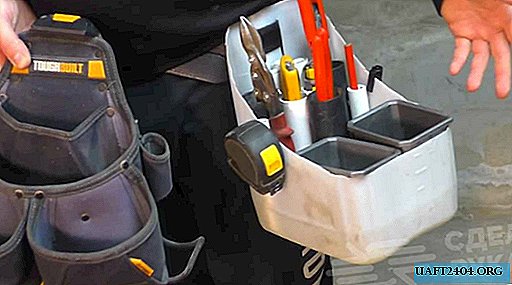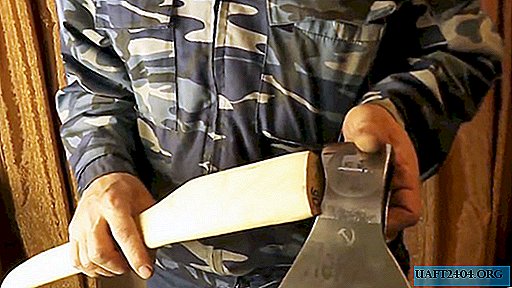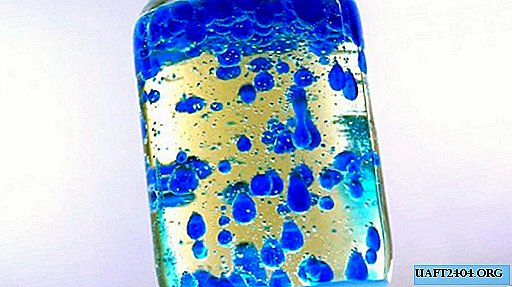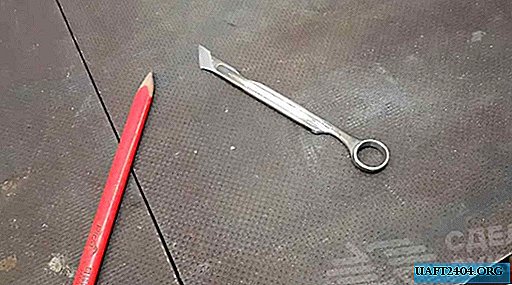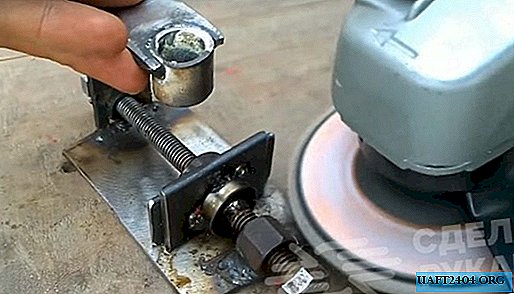Share
Pin
Tweet
Send
Share
Send
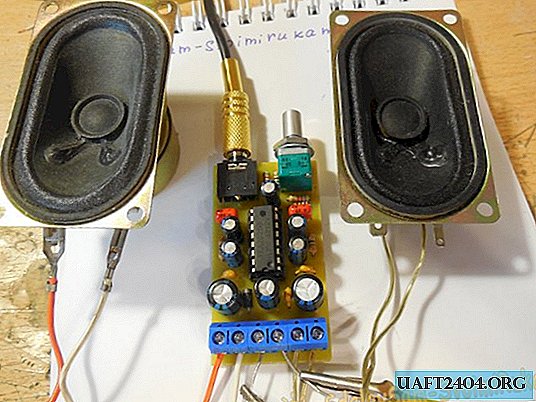
Now there is a huge variety of circuits for sound amplifiers on microcircuits, for any needs, for any supply voltage, with different output powers. Microcircuit amplifiers are easy to create, do not need special tuning, unlike transistor ones, but at the same time they also have good characteristics. That is why microchip amplifiers are now used everywhere: in car radios, in computer speakers, in televisions, in music centers. One such chip is the fairly popular TEA2025b. It can be found in many computer speakers or portable portable speakers. This chip provides a power output of 1-2 watts, consumes a small current and does not require a radiator, while its power is enough to sound a small room. The advantages of TEA2025b can also be attributed to the fact that it contains two channels at once, i.e. To build a stereo amplifier, just one chip is enough.
Amplifier circuit

The circuit does not contain any expensive or scarce parts. The capacitors C3 and C4 in it are separation, although the amplifier is not from the category of Hi-Fi, it is still desirable to take film ones. Their capacity, if desired, can be increased from 220 nF to 0.5 - 1 μF, the level of low frequencies will slightly rise. P1 / A and P1 / B in the diagram are a dual variable resistor (potentiometer), with its help the volume is adjusted. Its denomination is not so critical, you can take in the range of 10-50 kOhm. Diode D1 serves to protect the circuit from polarity reversal, because if the voltage is supplied with the wrong polarity to the microcircuit, it will immediately burn out. The diode will prevent such accidents. All capacitors in the circuit must be taken to a voltage no less than the supply voltage of the amplifier. Speakers may have a resistance of 4 ohms or higher. It should be borne in mind that the lower the speaker impedance, the greater the power of the amplifier. The best option is 8 ohms. During operation, the microcircuit may become slightly warm, this is normal, because its case does not provide for the installation of a radiator.

Amplifier assembly on a TEA2025b chip
The creation of any electronic device begins with the manufacture of a printed circuit board, you can make it at home using the LUT method.
Download board:
pechatnaya-plata.zip 19.5 Kb (downloads: 679)
The file with the picture of the printed circuit board is attached to the article, you do not need to mirror before printing. The board is made on a piece of PCB with dimensions of 60x35 mm. The LUT method has been described on the Internet more than once, I will give only a few photos of the process of creating a printed circuit board.




After the board is ready, you can solder parts into it. It is advisable not to solder the power wires and speaker outputs to the board, but connect them using terminal blocks. For convenience, the signal wire is connected to the board using the jack 3.5 jack. The wire from the sound source to the amplifier board must be shielded, otherwise you will not avoid extraneous noise.


A few words about nutrition. The optimal supply voltage of this amplifier is 9 volts. It will work already starting from 3 volts, however, the output power will be much less. In rest mode, i.e. when no signal is input, the amplifier consumes approximately 40-50 mA with a supply voltage of 9 volts. When a signal is input, the consumption rises to the level of 150-200 mA. Before turning it on for the first time, it is absolutely necessary to turn off the speakers, turn on the ammeter and open the ammeter and measure the current consumed by the circuit. If it is much higher than 50 mA, and the chip heats up quickly, then you need to look for an error in the installation. If the current consumption is completely zero, then the circuit does not work, you also need to look for an error and check the correct power connection. If the first time you turned on without speakers, nothing exploded, and the current consumption is normal, then you can connect the speakers and apply a signal to the input. The signal source for the amplifier can be a player, a computer, a phone, any device with a linear output.
Thus, on the TEA2025b chip, you can build a complex amplifier that does not require tuning. It consumes a small current, has a low heat dissipation, which means it has the place in portable audio systems or simple computer speakers, where super-high-quality sound is not required. Successful assembly!


Share
Pin
Tweet
Send
Share
Send

